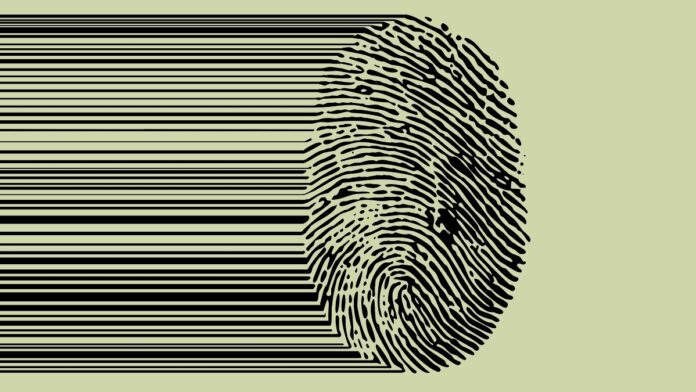Paperless transactions, including document signing, have become increasingly popular in recent years. With the introduction of electronic signatures, there has been a surge in cybercrime. It’s also reasonable to assert that, owing to artificial intelligence (AI), it’s able to combat the threat of forgeries.
A digital signature is a scanned replica of your handwritten signature that is used to validate online communication and documents. It may also be a more advanced digital encryption that certifies a person or a company for enhanced protection.
Signatures are frequently used to protect sensitive information such as banking information, software distribution, contracts, and other secret or sensitive information. Digital signatures are also often utilized to develop legally binding signatures in most nations.
Is it viable to spoof a digital signature?
Digital signatures have been considered to be sensitive to forgery in several ways. One method is to use Universal Signature Forgery (USF) (USF). Cyber-attackers can use this strategy to modify your system and show a phony message confirming your signature. Another option is to use Incremental Saving attacks (ISA).
ISA allows attackers to alter and add material to a document that has previously been signed. They could accomplish so by using the incremental update method. The Signature Wrapping (SWA) approach is another potential concern. Your signature verification procedure is tricked into digitally signing any information that would have been added through ISA by the SWA system.
Countering Digital Falsification with Artificial Intelligence
The following methods can be used to avoid digital forgeries using artificial intelligence:
- Neural networks: Neural networks can adapt to a variety of diverse or changing inputs. Neural networks, which behave similarly to the human brain, may identify irregularities in systems and data, including counterfeit signatures. Forecasting, risk modeling, security categorization, and fraud detection are all possible with them. Neural networks can identify any fraud, even counterfeit signatures, once they’ve learned the patterns of papers.
- Online digital signature tools: Many digital signature systems are developed to help in the certification of legal documents, emails, photos, and videos using digital signatures. Signing is enabled in platforms and devices such as cameras and word processors to make digital signatures more secure, and encryption technologies are used to authenticate the validity of online material.
- Blockchain and the internet of things (IoT): Blockchain is based on the idea of matching data to a unique set of numbers. It’s simple to recognize a fake if these don’t match. When combined with an IoT system, a security feature based on networked devices may be established to track data or documents back to their origins.
Authenticating digital signatures has become significantly easier because of artificial intelligence. On the other side, AI has made it simple to circumvent security measures. By embedding artificial intelligence (AI) into online platforms such as social networking apps, emails, and other digital content-handling apps, digital signatures have become unquestionably safer than paper signatures.
Follow and connect with us on Facebook, LinkedIn & Twitter

